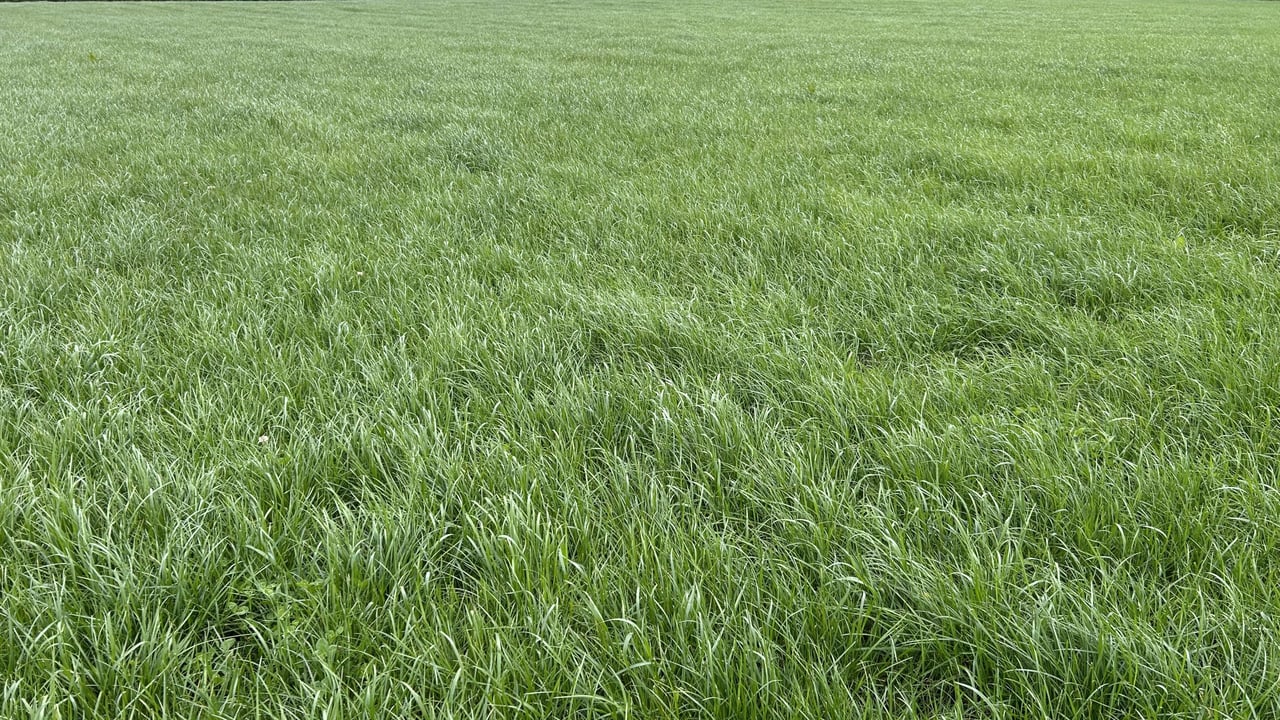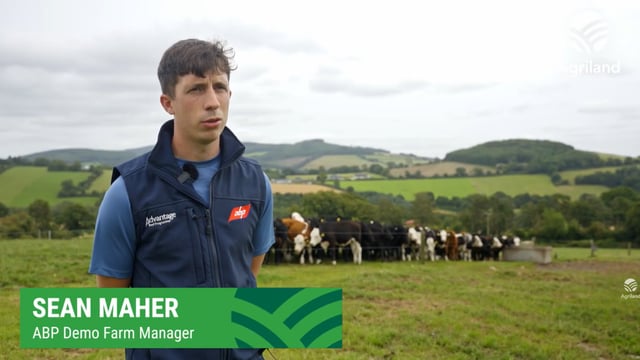Autumn grazing: Rotation length is key amidst strong growth
Heading towards the middle of August, our grazing targets slightly change as we turn one eye to building covers.
Grass growth rates are still above average on most farms across the country, as farmers try to strike a balance between keeping quality ahead of cows and building farm covers.
Warm weather coupled with showers of rain over the last few days has maintained grass growth rates this week.
Many farmers are struggling to maintain decent pre-grazing covers at the moment with the strong growth, as taking out too many paddocks for bales will only affect the effort of building covers for this autumn.
In this situation, farmers need to reduce the amount of supplements in the diet and target pre-grazing yields of 1,500-1,600kg.
In order to achieve an opening farm cover of 1,000kg DM/ha in the spring, farmers need to start building covers from mid-August.
By the middle of August, farmers should be building covers up to 220kg DM/livestock unit (LU) and to an average farm cover of 550kg DM/LU with a rotation length of 25 days.
This will gradually build up to a 30-day rotation by September 1, with a 300kg DM/LU cover.
The rotation length should be extended by two days per week, starting from 25 days in mid-to-late August up to a maximum of 40 days by October 1.
Grass growth can often pick up at the end of August and into September, so if covers are getting too strong, farmers need to reduce the amount of meal in the diet while being careful of dropping it below 2-3kg/cow when it comes to grass tetany.
Grass tetany can become an issue in autumn when cows are grazing lush covers and not receiving enough fibre in the diet, as well as not getting enough supplementation and magnesium, as rapidly growing covers can be low in magnesium.
The use of the strip wire or temporary fencing is also an option when grazing at this time of the year, as it will slow up the rotation while ensuring cows are achieving optimal clean outs and eating all the stem, reducing the risk of grass tetany.
If average cover is too strong, farmers could also increase their stocking rate for a short time by adding dry stock onto the milking platform.
Otherwise, they can continue cutting for surplus bales, but this needs to be done as early as possible to ensure regrowth.
Grass growth is currently at 61kg of DM/ha and the average demand is 51kg DM/ha, meaning that holding a 25-day rotation at current growth rates will ensure cows are going into pre-grazing covers of 1,500kg DM/ha while increasing average farm cover by over 200kg DM/ha in that period.
The average diet across the country, according to Pasturebase Ireland is 15.5kg of grass DM with 3.5kg of meal and pre-grazing covers of 1,620kg DM/ha.
Parts of south Leinster, east and north Co. Cork, south Co. Tipperary and Co. Waterford are struggling with growth rates due to soil moisture deficits.
These farms need to reduce the herd demand by supplementing with meal or silage. They could also remove additional stock or performing animals from the milking platform or add silage ground back into the rotation.
These farmers need to try and hold the rotation at 25 days by feeding more silage rather than meal, as silage will displace more grass.
If herd demand is at 55kg DM/ha and growth is at 35kg DM/ha, the farm is losing 20kg DM/ha of grass growth and so demand for grass must reduce to 35 kg DM/ha to hold average farm cover. Feeding 7kg of silage DM at a stocking rate of 3 LU/ha will hold covers as 7x3=21kg DM/ha.
Farmers need to keep up with fertiliser applications and spread about 30 units of N/ac in August while keeping an eye on their fertiliser allowance. Half rate N or dairy washings should be used on grass clover paddocks.





